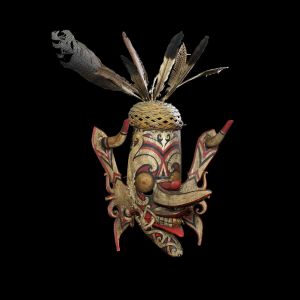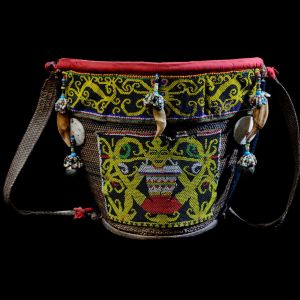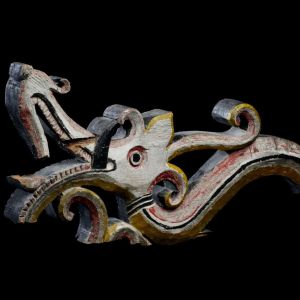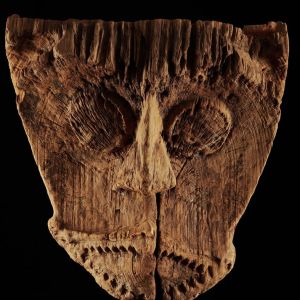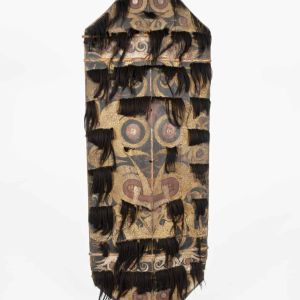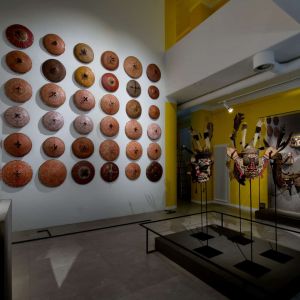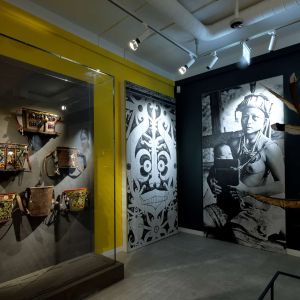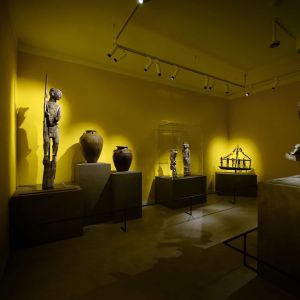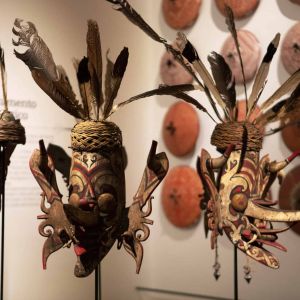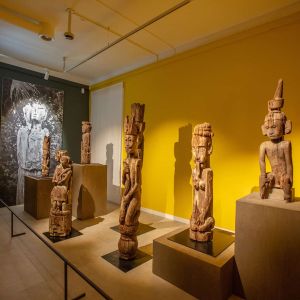MUSEC, VILLA MALPENSATA, SPAZIO MOSTRE
The major temporary exhibition dedicated to the art and material culture of the Dayaks of Borneo is the result of many years of research conducted by MUSEC, in collaboration with international scientific partners. It is one of the world’s largest exhibitions ever held on this subject and undoubtedly the most extensive in the last forty-five years. The 170 works on display were mostly produced between the beginning of the 19th century and the middle of the 20th century and come from the MUSEC collections, as well as from four other Swiss ethnological museums (Basel, Berne, Neuchâtel and Zurich) and private Swiss and European collections. They are representative of the major genres of dayak art widespread in the West: monumental wood carvings, masks, magic hunting sticks, paddles, weapons of war, textiles, body ornaments, garments, skull-trophies, tattoo matrices, baby-carriers, architectural elements, musical instruments, jars and woven and decorated objects of material culture. The exhibition and the richly illustrated book that accompanies it are the crowning achievement of a path of research, valorisation and enhancement of the MUSEC’s collections of Borneo art, which began some 15 years ago and has already led to the realisation of exhibitions and publications, as well as cultural diplomacy actions in synergy with the Indonesian authorities.
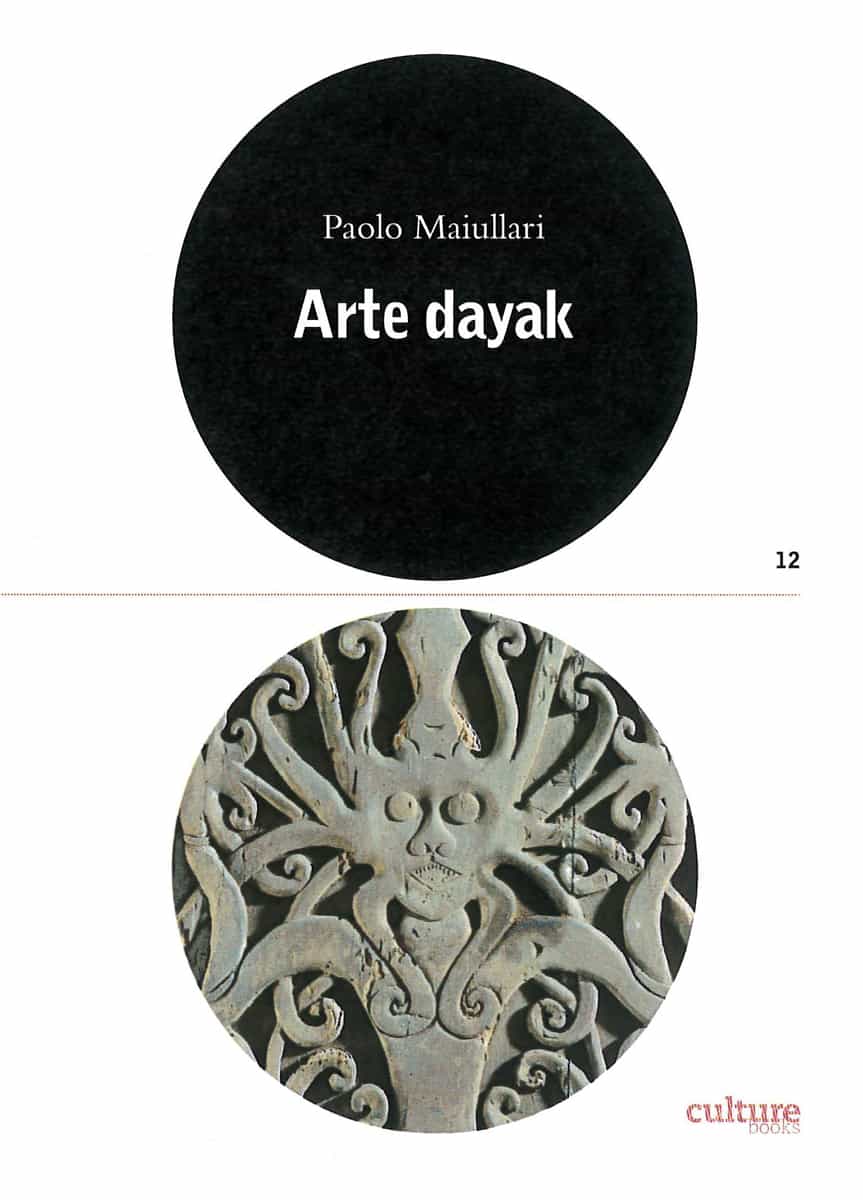
The exhibition route
The exhibition occupies fourteen rooms on the ground and first floors of Villa Malpensata. There are two main themes in the exhibition itinerary, which is divided into eleven thematic sections. The first part of the exhibition focuses on the encounter between the Dayak peoples and the West, which initiated ethnographic research and collecting interest and influenced the Western way of looking at Borneo and its native inhabitants. The second part of the exhibition, proposing a change of perspective, progressively accompanies the visitor in discovering the meanings and values of the works on display, in which the relationship between men, divinities and natural phenomena of one of the last unknown lands on the planet is expressed.
The thematic sections presented in the exhibition are: 1. A Crossroads of Civilisations; 2. The Construction of an Imaginary; 3. Ethnographic Research; 4. The Collector’s Falling in Love; 5. Heart of Darkness; 6. Prestige and dignity; 8. The religious universe; 9. The dragon-dog; 10. The supernatural world; 11. The art of the body.


